Controlling website security risk is one of the biggest issues for any modern organisation undergoing a digital transformation process. While advanced technologies offer many business innovations, they also pose cybersecurity challenges that must be met with effective measures.
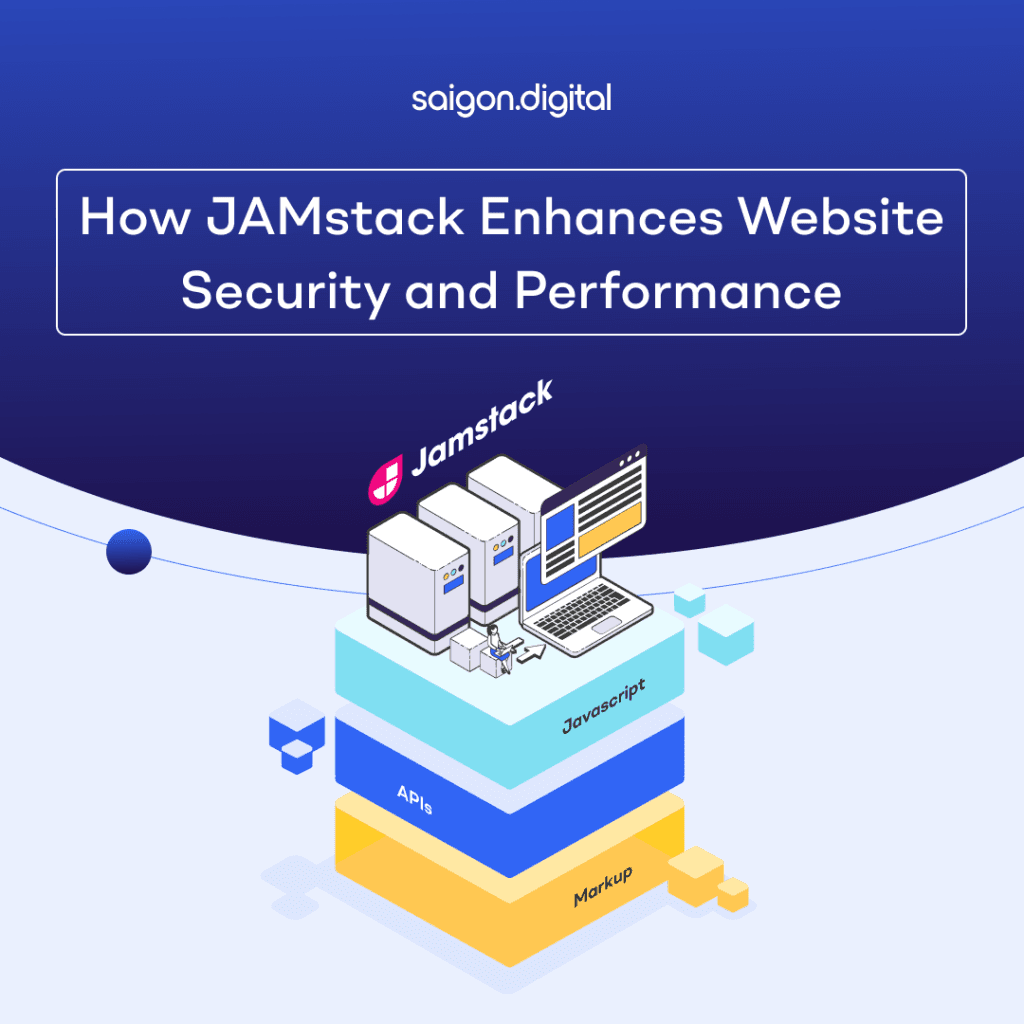
What is Security Risk?
Security risk is a type of risk that involves the potential for loss or damage to an organisation's assets and data or a change of domain behaviour due to malicious activities. These risks can be caused by external threats like hackers, malware, and viruses or by internal threats such as employee negligence or malicious intent. It's important to understand that these risks can potentially have financial and reputational consequences for organisations.
Introducing to JAMstack and Website Security
At Sagon Digital, we leverage the power of JAMstack to enhance web security. This innovative approach streamlines the hosting infrastructure, reducing the number of servers and systems vulnerable to attack.What is JAMstack?
JAMstack is an architectural approach that decouples the web experience layer from data and business logic. It can improve flexibility, scalability, performance, and security.
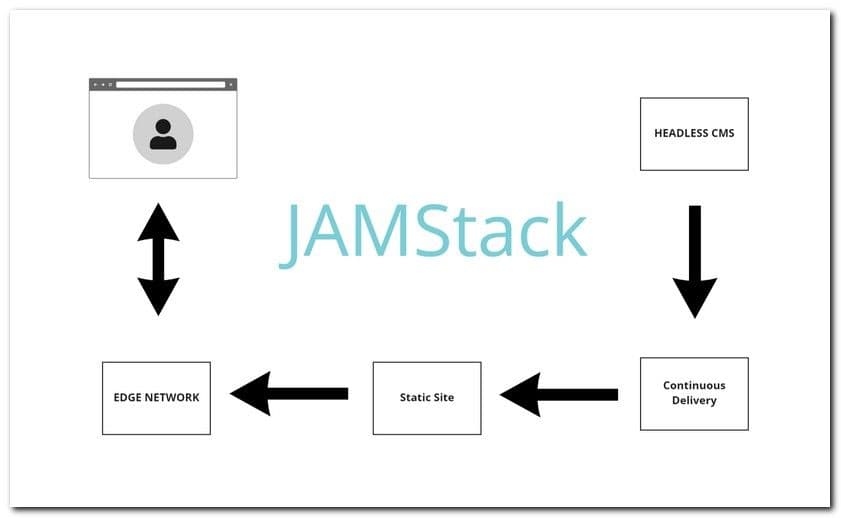
Reduced Attack Surface means Safer Sites
Traditional web applications have many potential entry points for attackers. JAMstack avoids this by delivering pre-rendered static files, making it much harder to exploit vulnerabilities. This reduces the attack surface and improves speed because these pre-rendered pages load almost instantly, requiring only a single call to a globally distributed content delivery network (CDN).
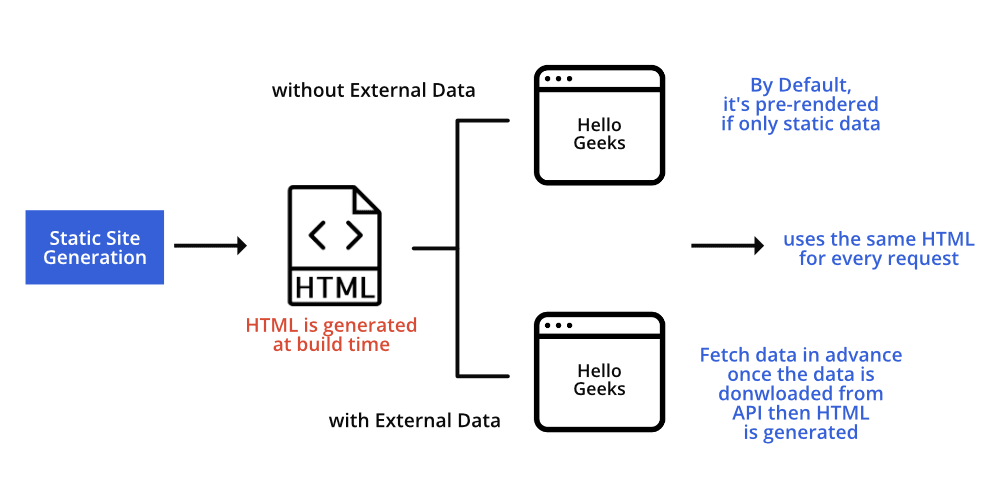
No Database to Attack
What are database Attacks? A database attack is when an attacker inserts malicious code into database queries. This alters the intended query structure, allowing the attacker to access the database and potentially destroy or steal data and user information. Such attacks exploit vulnerabilities in the database layerSince JAMstack sites don't require a back-end database, common vulnerabilities associated with database-driven websites, such as SQL injection, are eliminated.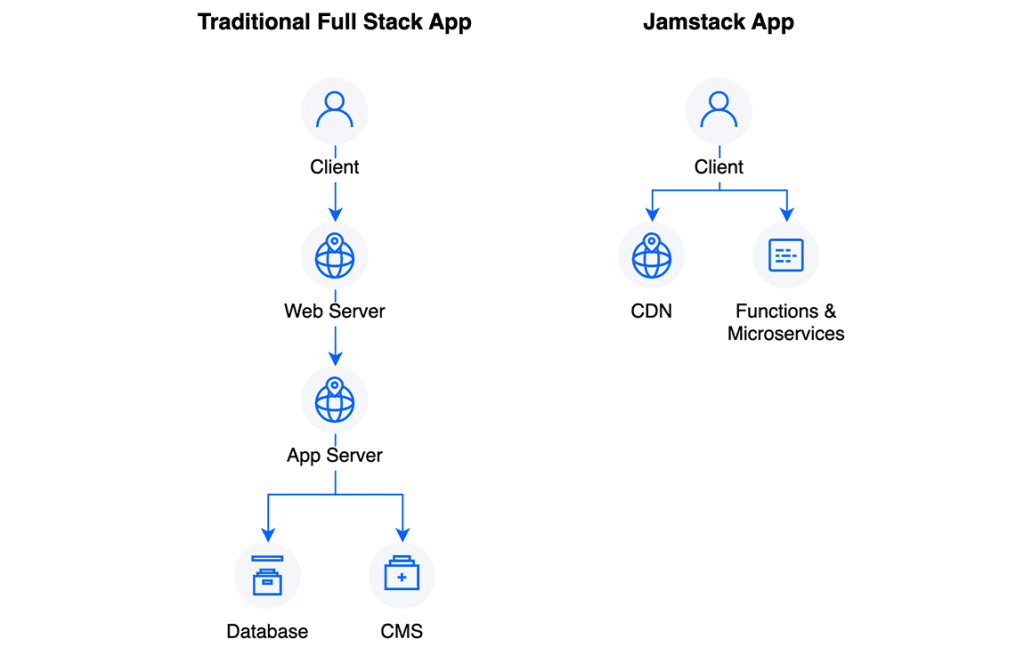
Separation of Front-end and Back-end
- Isolated Components: In JAMstack, the front-end is decoupled from the back-end services. In the event that one system part gets compromised, this separation reduces the amount of damage that can be inflicted
- API Security: Back-end functions are accessed through APIs, which can be used independently and securely with best practices such as authentication, rate-limiting, and monitoring.
Use HTTPS Front-to-End
Most JAMstack hosting providers enable SSL certification out of the box, and server-side operations are almost always accessed through APIs over HTTPS protocol with JavaScript. Adding additional data protection layer. This ensures that your users' sensitive authentication data isn't exposed through HTTP headers or request query parameters.
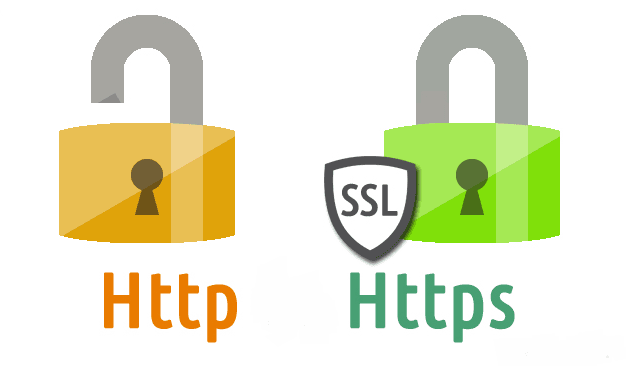
Conclusion
By leveraging these principles of decoupling multi-level APIs layers, JAMstack can make your website more secure, resilient, scalable, and maintainable compared to traditional monolithic web applications.Ready to secure your digital transformation with JAMstack? Book a consultation with Saigon Digital today and explore how our expertise can protect and enhance your web presence.FAQs About JAMstack and Website Security and Performance
1. What is a security risk in the context of websites and organisations?
A security risk refers to the potential for loss, damage, or disruption to an organisation’s assets, data, or systems caused by threats such as hackers, malware, viruses, or even internal negligence. These risks can result in serious financial and reputational consequences.
2. What is JAMstack, and how does it differ from traditional web architectures?
JAMstack is an architectural approach that separates the web experience layer (front-end) from data and business logic (back-end). Unlike traditional monolithic websites, JAMstack delivers pre-rendered static files and connects to back-end services through APIs. This improves performance, scalability, and security.
3. How does JAMstack improve website security?
JAMstack enhances security by reducing the attack surface. Since it delivers static pre-rendered pages, attackers have fewer entry points. Additionally, JAMstack does not rely on a traditional back-end database, eliminating common vulnerabilities like SQL injection attacks.
4. What role do APIs and HTTPS play in JAMstack security?
In JAMstack, APIs handle back-end functionality securely through practices like authentication, monitoring, and rate-limiting. Most JAMstack hosting providers also include SSL certificates by default, ensuring that all data transmitting between users and servers has HTTPS encryption.
5. Why should organisations consider JAMstack for their digital transformation?
By adopting JAMstack, organisations gain a more secure, scalable, and resilient web architecture. Its decoupled structure minimises risks, enhances performance, and ensures better long-term maintainability compared to traditional systems.





